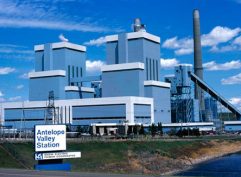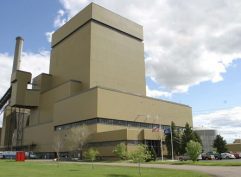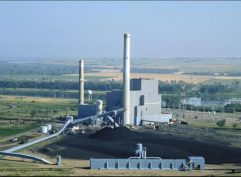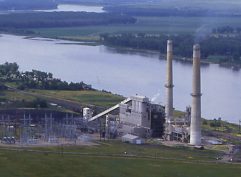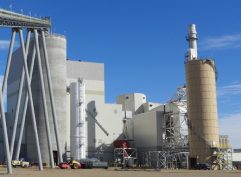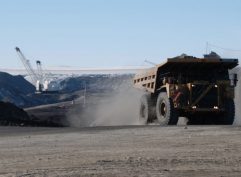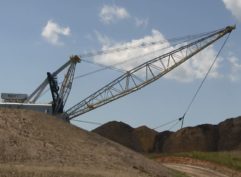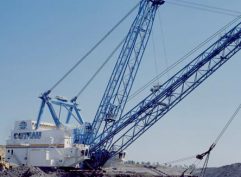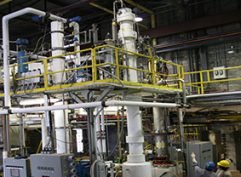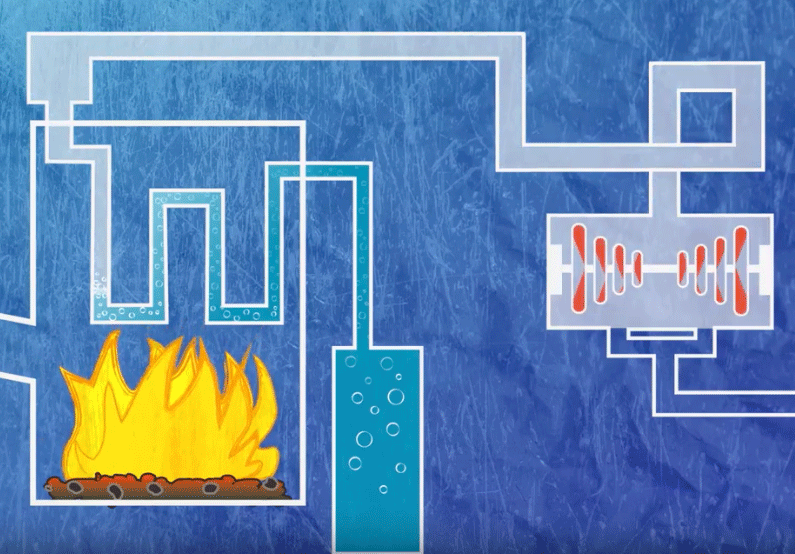Can rare-earth elements be recovered by companies mining lignite in North Dakota?
 Beneath North Dakotan soil is enough lignite coal to provide us with another 800 years of reliable electricity, but another valuable resource capable of adding billions to North Dakota’s energy economy – rare-earth elements – could also be down there.
Beneath North Dakotan soil is enough lignite coal to provide us with another 800 years of reliable electricity, but another valuable resource capable of adding billions to North Dakota’s energy economy – rare-earth elements – could also be down there.
Steve Benson, associate vice president for research with University of North Dakota’s Energy & Environmental Research Center (EERC) and professor of Institute for Energy Studies, is working on a project with Great River Energy and North American Coal Corporation to search for rare-earth elements that are known to be more concentrated in regions with lignite coal.
Benson and his team, who are working on the project with UND’s EERC, Barr Engineering and Pacific Northwest Laboratory, will identify where the rare-earth elements are and develop processes to recover them.
Rare-earth elements are found “10 times higher [near lignite seams] than the surrounding sediments,” Benson said. The elements are used in numerous modern technologies including cell phones, enhancing catalysts, strengthening magnets and alloys, and improving battery life.
According to Benson, 85 to 90 percent of rare-earth elements, such as lanthanum, europium, and cerium, are produced outside the United States, but they are being imported from places like China. Recovering these valuable resources on American soil reduces the challenge of national security, provides cost stability, creates more jobs, and boosts our economy.
“With diminishing resources of the critical rare-earth elements remaining in China, and the potential for decreased exports,” Benson said, “it is critical that new domestic sources be identified and processes be developed to produce them.” That’s where North Dakota lignite comes in.
This project is funded by the Department of Energy, Great River Energy, North American Coal Corporation, and the North Dakota Industrial Commission, using state money that comes from a tax on lignite production.


